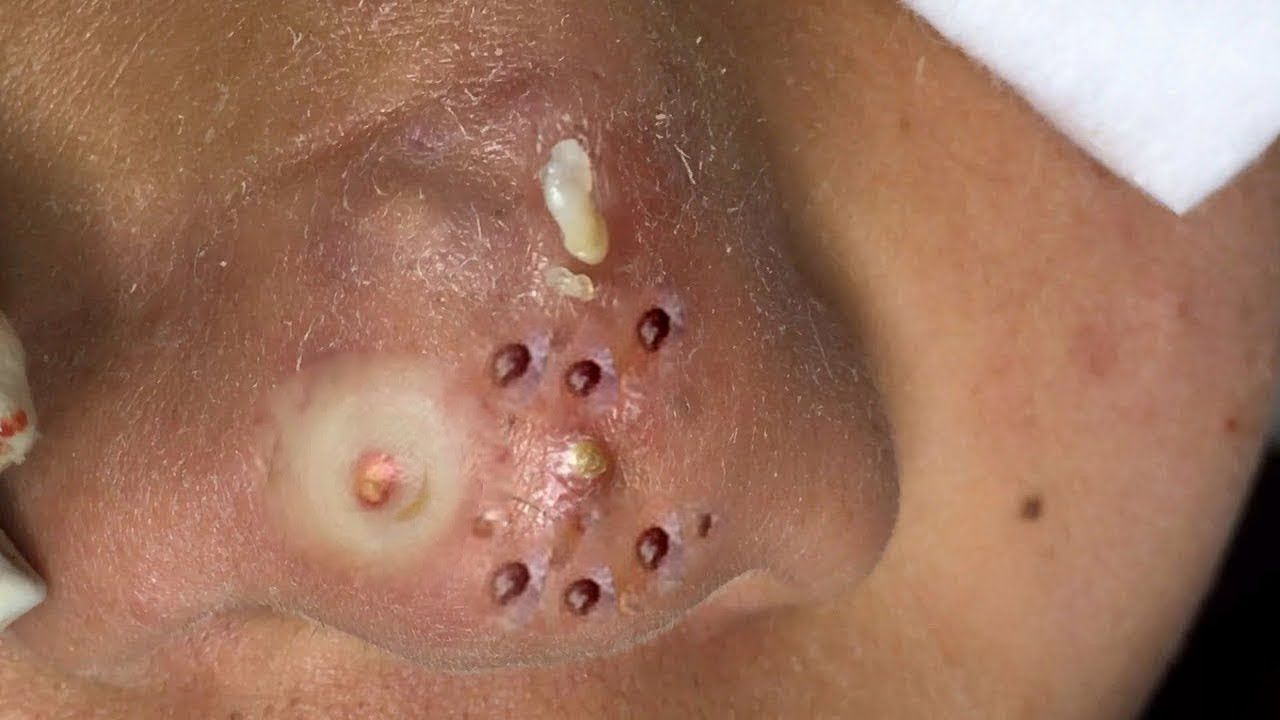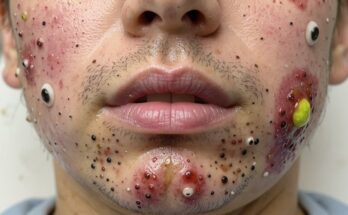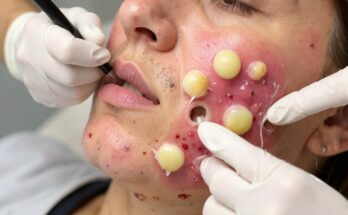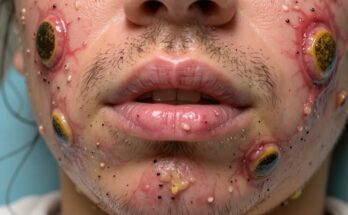Conquer Your Nose Blackheads: A Comprehensive Guide to Clearer Skin
Dealing with those pesky blackheads, especially concentrated on your nose, is frustrating. This comprehensive guide demystifies these blemishes, offering practical solutions for their removal and prevention. We’ll explore everything from understanding their formation to mastering safe and effective extraction techniques, both at home and with professional help.
Chapter 1: Decoding the Blackhead
What Exactly *Are* Blackheads?
Blackheads, also known as open comedones, are a common type of acne. They arise when hair follicles (pores) become clogged with a mixture of sebum (your skin’s natural oil), dead skin cells, and sometimes bacteria. Unlike whiteheads, which are closed off, blackheads remain open to the air. That dark color isn’t dirt; it’s the sebum and dead skin cells reacting with oxygen – a process called oxidation.
Why the Nose? A Prime Location for Blackheads
Your nose is a blackhead hotspot because it boasts a higher concentration of sebaceous glands than many other areas of the face. These glands produce sebum, and when this excess oil combines with dead skin cells, it readily clogs the larger, more open pores typically found on the nose, making it a prime target for blackhead formation. The chin, forehead, and cheeks (near the nose) are also frequent locations for these stubborn blemishes.
Chapter 2: Uncovering the Root Causes
Several factors contribute to blackhead development. Understanding these allows for more effective prevention and treatment.
Internal Factors: Hormones and Lifestyle
- Hormonal Shifts: Fluctuations in hormones, particularly testosterone (common during puberty and menstruation), can significantly increase sebum production, leading to clogged pores.
- Stress: Believe it or not, stress can also exacerbate sebum production.
- Dietary Choices: A diet high in sugary and dairy products can contribute to blackhead formation.
- Lifestyle Habits: Smoking and poor hygiene practices can also play a significant role.
External Factors: Environment and Skincare
- Excess Sebum: Genetics can predispose some individuals to naturally higher sebum production.
- Substandard Skincare: Skipping cleansing, using products that clog pores (comedogenic products), or over-exfoliating can disrupt your skin’s balance and trigger blackheads.
- Environmental Pollutants: Air pollution can contribute to pore congestion and blackhead formation.
Chapter 3: Identifying and Addressing Blackheads
Self-Diagnosis: Recognizing the Signs
Blackheads are typically identifiable by their dark, oxidized surface, slightly raised texture (but without inflammation), and common clustering on the nose. While generally small, they can enlarge if left untreated. A dermatologist can provide a more in-depth assessment using magnification tools to identify clogged pores and recommend the best treatment plan.
Chapter 4: Blackhead Extraction Methods: A Comparison
Several methods exist for removing blackheads, each with its pros and cons.
At-Home Extraction Techniques
- Manual Extraction: This involves using tools like comedone extractors or even tweezers (with extreme caution!) after steaming the skin to open pores. While effective, improper technique can lead to scarring and infection.
- Chemical Exfoliation: Products containing AHAs (like glycolic acid) exfoliate the skin’s surface, while BHAs (like salicylic acid) penetrate pores to dissolve oil and debris. Retinoids also boost cell turnover, preventing clogging.
- Pore Strips: These offer temporary blackhead removal but can irritate the skin.
- Vacuum Suction Devices: These devices use negative pressure to extract sebum and impurities; however, results vary, and they should be used cautiously.
- Clay & Charcoal Masks: These masks absorb excess oil and draw out impurities over time.
Professional Extraction: When to Seek Expert Help
Severe or persistent blackheads warrant professional attention. Dermatologists or estheticians utilize sterile tools and techniques to minimize the risk of complications.
Chapter 5: A Step-by-Step Guide to At-Home Extraction
Attempting at-home extraction requires careful preparation and technique.
- Cleanse: Begin with a gentle, non-comedogenic cleanser.
- Steam: Use a facial steamer or hot towel (5-10 minutes) to open pores.
- Exfoliate: Apply a BHA-based exfoliant (like salicylic acid) to loosen debris.
- Extract (with Caution!): Use a sterilized comedone extractor, applying gentle pressure. Avoid excessive force to prevent bruising or scarring.
- Tone: Use an alcohol-free toner to calm and tighten pores.
- Treat & Moisturize: Apply an antibacterial treatment (tea tree oil or benzoyl peroxide) followed by a non-comedogenic moisturizer.
Chapter 6: Dispelling Blackhead Myths
Let’s debunk some common misconceptions.
- Myth 1: Blackheads are dirt. Reality: They’re oxidized oil and dead skin cells.
- Myth 2: Harsh scrubbing removes blackheads. Reality: Over-scrubbing irritates and worsens oil production.
- Myth 3: Pore strips provide long-term solutions. Reality: They offer temporary relief and can damage sensitive skin.
- Myth 4: Pores can be permanently shrunk. Reality: Pore size is primarily genetic, but their appearance can be improved.
Chapter 7: Preventing Future Blackhead Breakouts
Prevention is key! Incorporate these habits into your routine:
- Consistent Skincare: Cleanse twice daily, exfoliate 2-3 times weekly (using salicylic acid or niacinamide), and moisturize.
- Makeup Management: Use oil-free, non-comedogenic makeup and remove it thoroughly every night.
- Hands Off Your Face: Avoid touching your face to minimize bacteria transfer.
- Weekly Clay Masks: These absorb excess oil and prevent pore congestion.
- Consider Retinoids: These regulate skin cell turnover, reducing clogged pores.
Chapter 8: When to See a Dermatologist
Consult a dermatologist if:
- Blackheads persist despite consistent care.
- Scarring or pigmentation occurs.
- Inflammation or pain is present.
- You desire medical-grade extractions or prescription treatments. They might recommend prescription retinoids, professional extractions, laser treatments, microneedling, chemical peels, or other advanced treatments.
Chapter 9: Safety First: Minimizing Risks
Improper at-home extraction can lead to skin damage, scarring, infections, and broken capillaries. Always:
- Sterilize tools thoroughly.
- Avoid over-extraction.
- Follow up with soothing treatments.
- Never extract inflamed or painful pimples.
Chapter 10: Realistic Expectations and Long-Term Care
Complete blackhead elimination is unrealistic. Oil and dead skin cells are naturally produced. The goal is to minimize their appearance and maintain clearer skin through consistent, gentle care. With patience and the right approach, you can achieve significantly clearer, smoother skin. Don’t let a few blackheads consume you; focus on healthy habits and a gentle approach to skincare.



